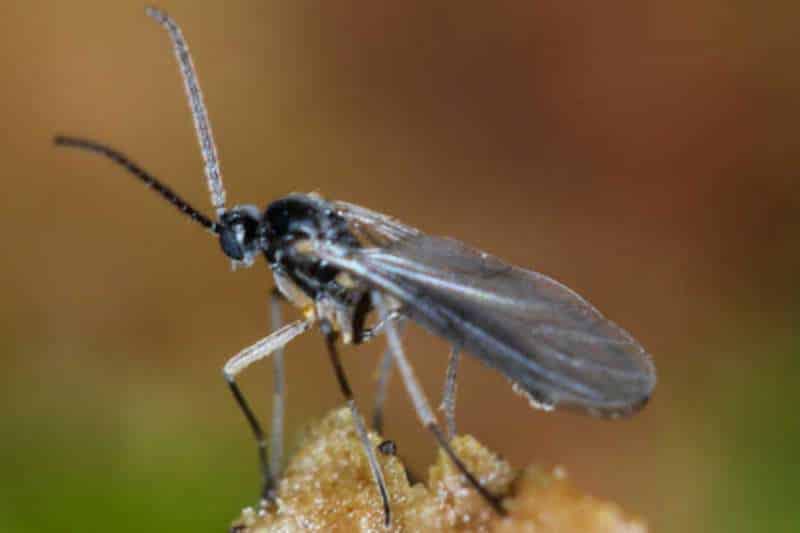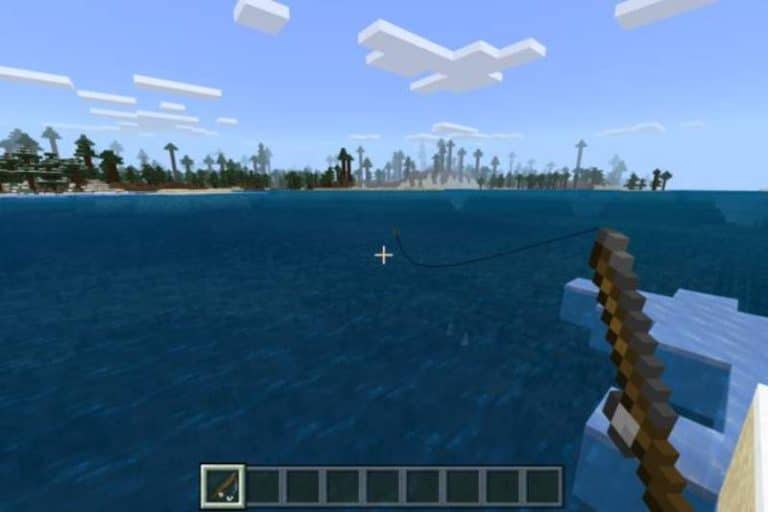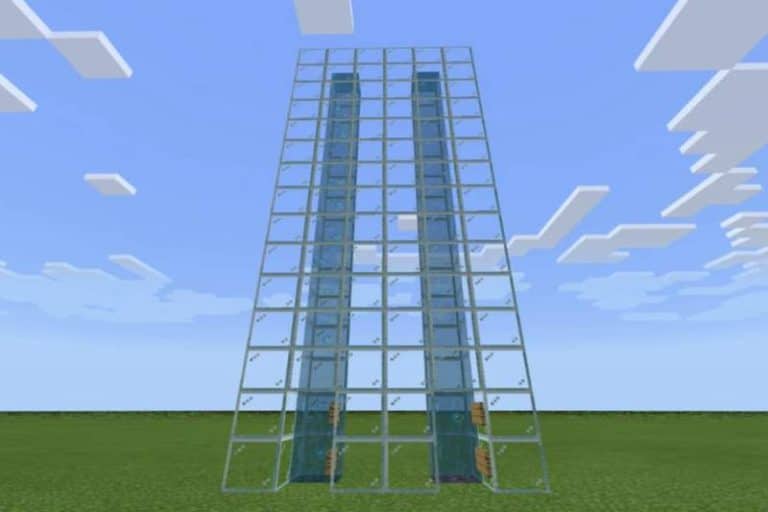Mulch Fly: What is it? How to fight it? And more

When it comes to the loss and damage of crops, there is no doubt that most of the reasons are the causes of the extinction of the soil flies. Although it seems harmless at first glance, it can weaken the plants and even lose the part. Find here how to eliminate it.
The Mulch Fly
Similarly, it recognizes the names of “sciarid fly“, “water flying“, “black flies” and “substrate flies“. It is the wings of the wings or simple “flies”. It belongs to a group of families of “Mycetophilidae and Sciaridae“. It looks like a tiny insect that can even be confused with mosquitoes.
It usually shows a close -range display of various soil types or substrates, so this is the source of some calls. It can cause considerable damage to crops or crops, and it will not limit it to itself even in a flower pot. Emphasize that at the stage or larvae stage, these interference or negative changes are true.
This happens, because it is necessary to eat it, it requires organic fertilizer, from roots, stems, leaves, compost and root hair. Around it, it depends on the decomposition materials. From fungi and mold itself, its food is everything.
During adulthood, they usually do not stay away from the environment, nor do they mean damage to plants, because they do not attack them and only worry about humans. Considering that they can be close to houses or anywhere, because the lighting they can perceive will have a well -known interest.
It is important to mention that when the mulch fly proposed, it is very good at in many places in many places. Its life cycle is closely related to humidity, so when plants are young, its incidence is the highest. Its breeding ability is easy and accelerated because it only needs to be completely warm and humid environment. This situation will exist within twelve months of the year, depending on the location and characteristics of the climate.
Moss Fly Life Cycle
These are developed in the four stages and can last ten minutes after mating. Among them, the female mulch fly can produce about 50 eggs at a time at a time, about 300 eggs, and then described below:
Egg: Takes four to six days to hatch.
Larva: Its cycle is between seven and ten days, and the creatures of plants are eaten, such as root and stems. On the other hand, at this stage, hammer flies usually even penetrate the root and stem itself, causing greater damage.
It also eats the organic matter of decomposition and possible mold state, without abandoning fungi that is usually not lacking. Their colors are white and look like worms, so they extend and have no legs. At this stage, they are too fed because it is the reason for helping them develop and change rapidly.
Pupa: This state usually lasts for five days, while larvae are covered with brown or red capsules. In these days, it will not eat, and it is not moving, because abnormalities, this is an adult channel.
In this process, the legs and wings and heads, chests, and abdomen have developed. When the day passes, the hammer fly may leave the lid without inconvenience.
Adulthood: This stage lasted seven to ten days, mating and death in it.
Hammer Fly Longevity
The life cycle of the animal is placed at the complete stage of ten reductions. This is because the hammer is flying, from the time of the ovulation stage, at the beginning of the stage, until the end of the adult, only one month.
It should be noted that the variability of the number of days is essentially depending on the climate of the crop area where the insect develops. Given the factors you need to achieve:
- Warm Room Temperature
- Illumination or incidence of the Sun’s rays
- Humidity
- Ideal environment where to locate or deposit the eggs, in which the larvae have the food to develop
In his adult stage, does he mate more than once?
When the female mulch fly leaves the capsule after the pervert and becomes an adult, it can mate as much as possible. That’s why in the last stage of her life, she has the ability to accommodate up to 300 eggs, and each egg can produce about 50 in each laying.
Characteristics of the Mulch Fly
Its characteristics are the following:
It belongs to the family of Mycetophilid (Little Fly or Mosquito) and SCIARIDAE (living in a humid environment).
Its life cycle is summarized in the stage of eggs, larvae, PUPA, and adults, which are in the condensation life of less than one month.
The adult size covering the flight usually does not exceed four millimeters, but in an isolated or unusual way, it can be found up to six millimeters.
The color tone of the larval state is stretched like a worm, with blackheads and other white on the top of the head, with a size of about six mm. When it deforms with PA thorns, it is covered by brown to red capsules. When it is an adult, it is equipped with a head, chest and abdomen, and a pair of legs and wings, which are brown or even dark gray.
In the last stage of life, the mulch fly is attracted to the light, which is the reason why it encourages them to visit humans in habitats.
Its ideal area consists of an area of precious humidity found in the environment and substrates. This makes it established in a large amount of food or ornamental crops, and does not even respect the garden or flower pot.
It can weaken, withered or even cause plant death because its larvae usually attack them from the root.
It can only damage the plants during the larvae stage. Therefore, as an adult, it just limits its own reproduction and trouble, and does not cause them to directly interfere.
How to prevent and calculate the arrival of the mulch fly?
It is mainly to control the humidity of the substrate, because this is the ideal medium for its reproduction. Observed the surroundings around the plants or crops, it is necessary to monitor them to understand how many people in the region are. The alternative method of approximate value is to place the so -called yellow card.
These should be distributed on the substrate, which is very close to the plants that seem to affect it. In this way, after fixing an adult on the card, you know how serious the attack is. Another means is to distribute potato fragments that attract larvae, and you can see the possible population of these potatoes. The next step must be taken. This means that the family extinction means that if it is not serious or the chemical agent is necessary?
For More Articles Please Visit www.lifestylebuz.com






